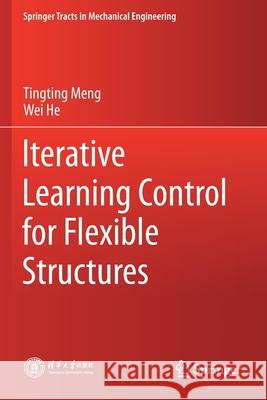Iterative Learning Control for Flexible Structures » książka
topmenu
Iterative Learning Control for Flexible Structures
ISBN-13: 9789811527869 / Angielski / Miękka / 2021 / 182 str.
Iterative Learning Control for Flexible Structures
ISBN-13: 9789811527869 / Angielski / Miękka / 2021 / 182 str.
cena 402,53
(netto: 383,36 VAT: 5%)
Najniższa cena z 30 dni: 385,52
(netto: 383,36 VAT: 5%)
Najniższa cena z 30 dni: 385,52
Termin realizacji zamówienia:
ok. 22 dni roboczych
Dostawa w 2026 r.
ok. 22 dni roboczych
Dostawa w 2026 r.
Darmowa dostawa!
Kategorie:
Kategorie BISAC:
Wydawca:
Springer
Seria wydawnicza:
Język:
Angielski
ISBN-13:
9789811527869
Rok wydania:
2021
Wydanie:
2020
Numer serii:
000466008
Ilość stron:
182
Waga:
0.28 kg
Wymiary:
23.39 x 15.6 x 1.07
Oprawa:
Miękka
Wolumenów:
01
Dodatkowe informacje:
Wydanie ilustrowane











